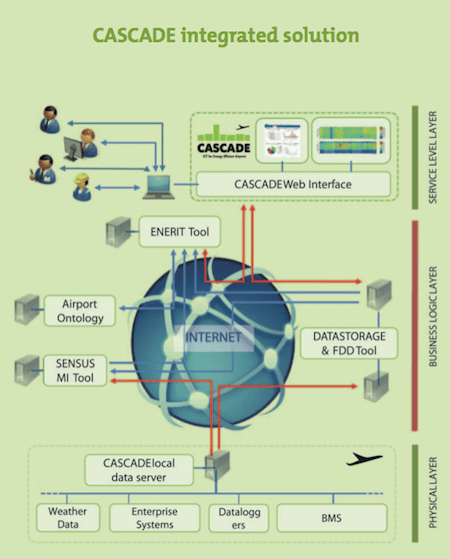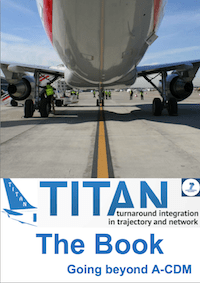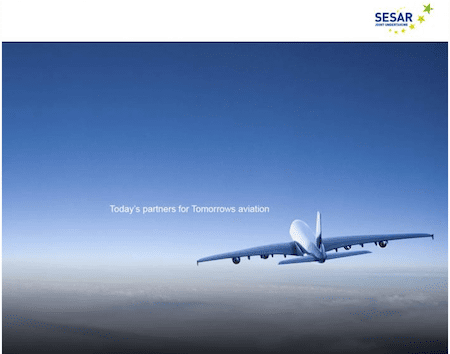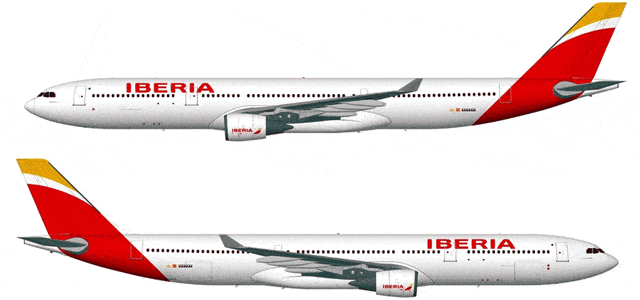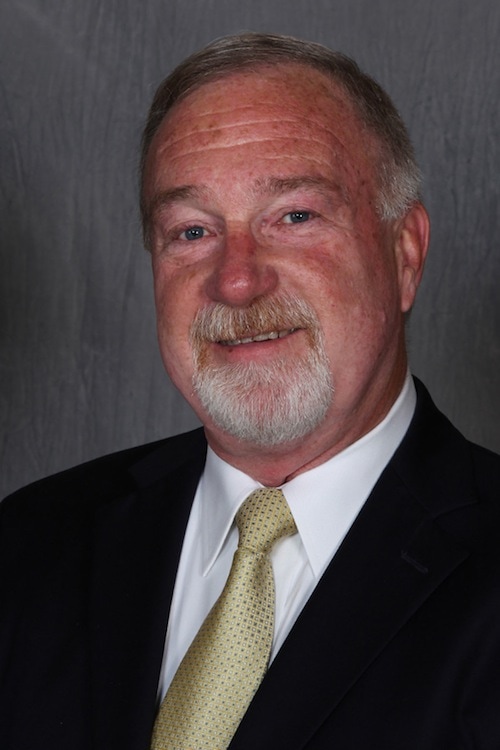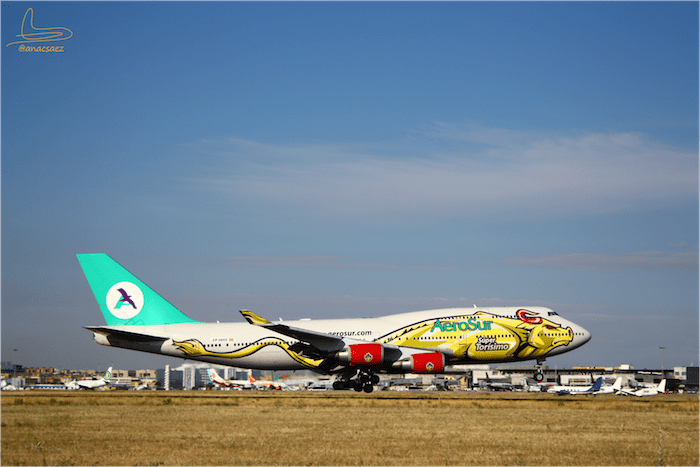Next december the 18th the European Commission will present the Smart, Green and Integrated Transport programmes included in the new Horizon 2020 Framework Programme.
The Framework Programmes for Research and Technological Development, also called Framework Programmes or abbreviated FP1 through FP7, are funding programmes created by the European Union in order to support and encourage research in the European Research Area (ERA). The specific objectives and actions vary between funding periods. (Source: Wikipedia)
The Horizon 2020 programme is the financial instrument implementing the Innovation Union, aEurope 2020 flagship initiative aimed at securing Europe’s global competitiveness.
Running from 2014 to 2020 with a budget of just over €70 billion1, the EU’s new programme for research and innovation is part of the drive to create new growth and jobs in Europe.
Horizon 2020 provides major simplification through a single set of rules. It will combine all research and innovation funding currently provided through theFramework Programmes for Research and Technical Development, the innovation related activities of the Competitiveness and Innovation Framework Programme (CIP) and the European Institute of Innovation and Technology (EIT). (Source: ec.europa.eu/research/horizon2020/index_en.cfm?pg=h2020)
Some examples related to the 7th Framework Programme:
SWIM (System Wide Information Management) network for ATM: The next video shows the 2nd Master Class SWIM competition final event taken place las 21st of november. This is part of the 7th Framework Programme.
For more info: www.sesarju.eu/
CASCADE: ICT for energy efficient airports.
Air transportation is often associated with high energy consumption and greenhouse gas emissions. But not only the aircrafts, also are the airports responsible for a considerable amount of energy needs and CO2 emissions: the typical electricity consumption of an airport is 100 -300 GWh / year, which is as much as 30,000 to 100,000 households consume.
A significant part of the high energy consumption results from poor performance of energy systems like chillers, heating and cooling circuits, air handling units and lighting systems. Currently operating Building Automation Systems (BAS) and Building Management Systems (BMS) have the capacity to integrate a lot of heterogeneous components, but in the majority of cases they are not designed to perform a detailed energy monitoring by detecting energy faults and system malfunctions leading to energy losses.
For more info visit www.cascade-eu.org/cms
TITAN Beyond A-CDM.Turnaround integration in trajectory and network.
At aeriaA we covered this project in the following interview (Airtalk to Steve Zerkowitz and Ana C.Saez) and with the free download of the project’s book: www.aeriaa.com/books/titan-going-beyond-a-cdm/
For more info: www.titan-project.eu/
What’s new about aviation at Horizon 2020?
The continuation of the two biggest programmes is guaranteed, SESAR and Clean Sky, the main chapter where the aviation transportation is included is called Smart, Green and Integrated transport, let’s see some about these projects and chapters taking the information excerpts issued by the European Commission papers.
SMART, GREEN AND INTEGRATED TRANSPORT. (click here to see the EU paper)
Aviation, which comprises aeronautics and air transport, is vital for our society and economy It provides mobility to passengers and freight, establishing links between citizens and regions of Europe and beyond. Aviation generates around 2% of EU GDP and accounts for 3.7 million direct and indirect jobs.
The proposed Topics are in line with the Horizon 2020 Specific Programme and the Strategic Research and Innovation Agenda (SRIA) of the Advisory Council for Aviation Research and Innovation in Europe (ACARE):
- Competitiveness of European Aviation through cost efficiency and innovation.
- Enhancing the environmental performance of aviation
- Seamless and customer oriented air mobility
- Coordinated research and innovation actions targeting the highest levels of safety for European aviation
SESAR PROGRAMME. (click here to see the EU paper)
The Single European Sky Air Traffic Management Research (SESAR) Joint Undertaking (the SJU), a public private partnership established in 2007, is the implementation instrument for the technology pillar of the Single European Sky (SES) and, in this respect, is in charge of the SESAR project’s development phase, i.e. is the “guardian” and the executor of the European ATM Master Plan (ATM Master Plan).
The SJU is responsible for coordinating and managing the R&I activities of the SESAR project in accordance with the ATM Master Plan. It is also responsible for executing and maintaining the ATM Master Plan. The most recent version of the ATM Master Plan, approved in 2012, identifies the “Essential Operational Changes” that need to be implemented in three main steps to lead to the full deployment of the new SESAR concept by 2030:
- Step 1 – time based operations – concentrates on unlocking latent capability particularly by improving information sharing to optimize network effects.
- Step 2 – trajectory based operations – develops the System Wide Information Management (SWIM) and initial trajectory management concepts to increase efficiency.
- Step 3 – performance based improvements – will introduce a full and integrated trajectory management with new separation modes to achieve the long term political goal of SES.The agreed and current work programme of the SJU covers Step 1 and, considering the maturity level of technology and operations, a large portion of Step 2 of the ATM Master Plan. In this respect, the SJU progress reports confirm that Step 1 and approximately 70% to 80% of Step 2 are expected to be delivered by the end of 2016. Moreover, although the current SJU work programme broadly covers the full R&I cycle, it mainly focusses on pre- industrial developments.
Next steps:
The deployment of the SESAR concept still requires coordinated development and validation activities to complete Step 2 and to fully address Step 3 of the ATM Master Plan.
Furthermore, now that the deployment process is about to be launched, the balance of resources allocated to the different phases of the R&I cycle could be reviewed to keep innovative ideas flowing in. In particular, more efforts could be put into exploratory research. Large scale demonstration activities focused on performance benefits, on conducting integrated and coordinated advanced validation and on demonstration activities showing readiness for deployment and for operational and/or technological transition will now be set up.
A future programme set from 2014 and operating for up to 10 years cannot be fixed once at the outset, provisions will need to be made to allow promising results from exploratory research to evolve in applied research, development and preparation for deployment thus accommodating an evolution of the topics contributing to the SES.
CLEAN SKY2 JOINT UNDERTAKING (click here to see the EU paper)
The Europe 2020 strategy sets out the EU’s commitment to reduce all greenhouse gas (GHG) emissions by 20% by 2020. The Transport White Paper ‘Roadmap to a Single European Transport Area — Towards a competitive and resource efficient transport system’ recognises that transport accounts for a large share of GHG emissions (~20%) and therefore proposes reducing transport GHG emissions by 60% between 1990 and 2050. Europe 2020 also calls for an ‘Innovation Union’ to tackle the societal challenges we face and the Horizon 2020 proposal includes the Smart, Green and Integrated Transport challenge aiming, among other things, to secure both resource-efficient transport that respects the environment and global leadership for the European transport industry. Finally, Europe 2020 also calls for action on sustainable growth and promotes a more resource-efficient, greener and competitive economy. At the same time, the current economic and financial crisis Europe is facing demands bold measures towards robust and sustainable growth.
Clean Sky contributes to this goal in Europe through advanced research and full-scale demonstration actions in green technology for air transport in line with the strategic research agenda identified, with the involvement of all public and private stakeholders and a time horizon that runs up to 2050.
This new proposal relates to a Joint Undertaking in the field of Aeronautics. It follows on from and partly builds up on the results obtained by the previous Clean Sky JTI in this area established in 2008 under the Seventh Framework Programme (FP7) and partly develops new technologies and research lines. This proposal is in line with the Commission Communication’ Public-private partnerships, in Horizon 2020: a powerful tool to deliver on innovation and growth in Europe’.
Objectives:
It is proposed that the new Clean Sky programme be implemented by continuing and building on the Clean Sky Joint Undertaking with the objective of improving the environmental impact of European aeronautical technologies and securing the future international competitiveness of the European aeronautical industry. The proposed initiative aims:
- To contribute to the finalisation of research activities initiated under European Commission Regulations establishing the Horizon 2020 Framework Programme, and in particular the Smart, Green and Integrated Transport Challenge under the Societal Challenges pillar.
- To contribute to the objectives of the Joint Technology Initiative on Clean Sky 2 , in particular to integrate, demonstrate and validate technologies capable of:
- increasing aircraft fuel efficiency thus reducing CO2 emissions by 20 to 30 % compared to “state-of-the-art” aircraft entering into service as from 2014;
- reducing aircraft NOx and noise emissions by 20 to 30 % compared to “state- of-the-art” aircraft entering into service as from 2014.
These objectives will be achieved for the benefit of Europe at large. Environmental benefits are transnational by nature and the economic spill-over of sector growth will affect the service community of the air transport sector (airlines, airports) as a whole.
Next steps:
Clean Sky has been successful in attracting extensive and wide-ranging participation by all key stakeholders, including a large number of SMEs. In the Clean Sky programme, 12 leaders (11 major industries and one research establishment), 74 associated members and more than 450 partners are working together in a number of technology domains to address the environmental objectives and to demonstrate and validate the required technological innovations in a commonly defined programme.
The proposal consists of a Council Regulation on Clean Sky 2 Joint Undertaking. The Clean Sky 2 Joint Undertaking was initially established by Council Regulation (EC) No 71/2008 of 20 December 2007, which is to be repealed with effect from 1 January 2014.
For more information:
Horizon 2020: ec.europa.eu/research/horizon2020/index_en.cfm
SESAR: www.sesarju.eu
Celan Sky: www.cleansky.eu



